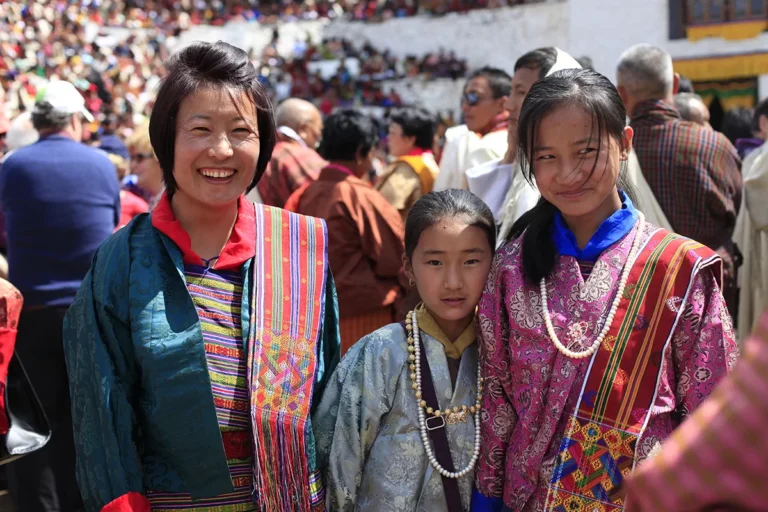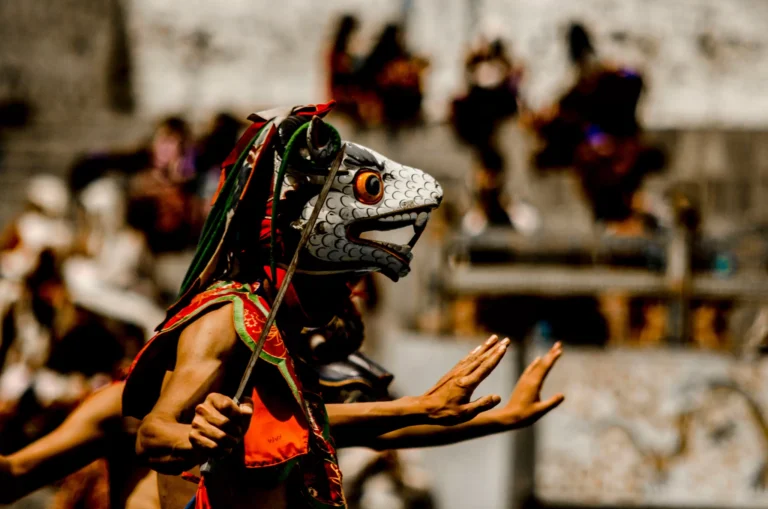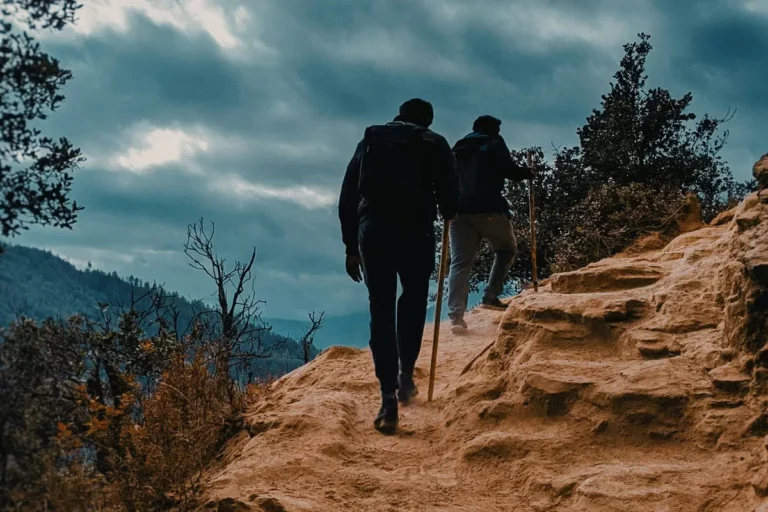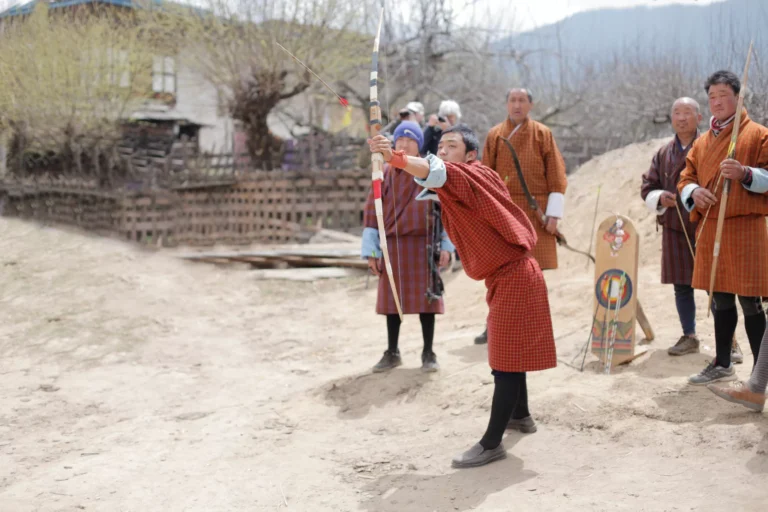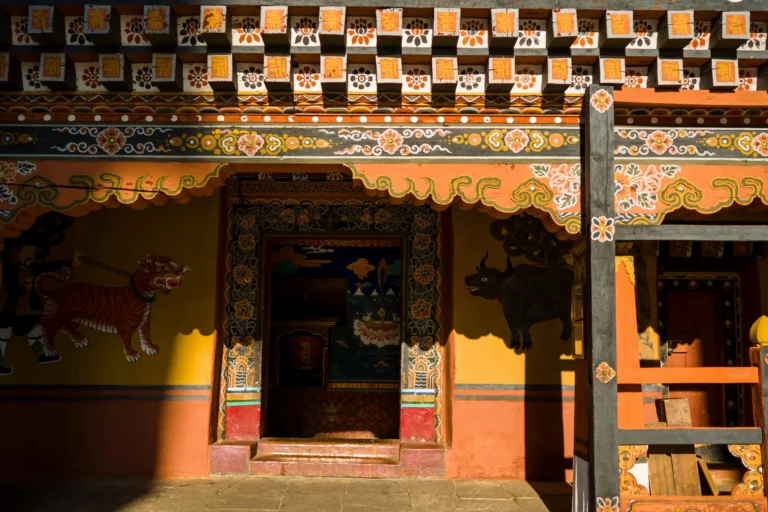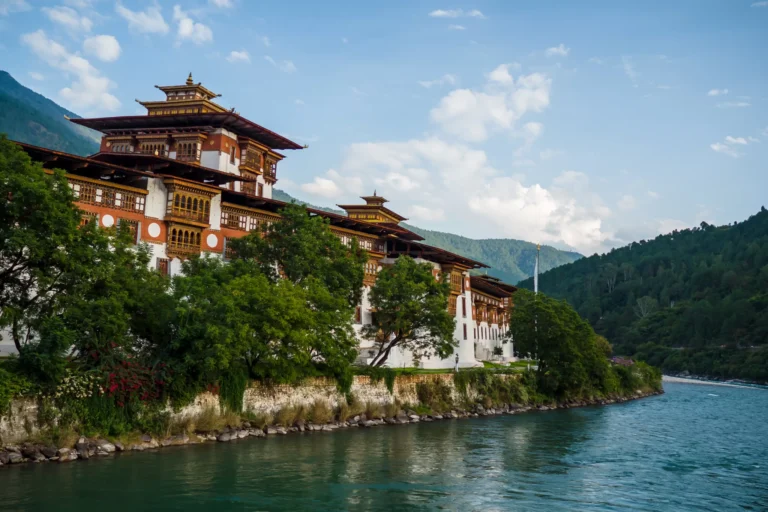Bhutan’s snow-capped mountains, verdant valleys, dense jungles and crystal-clear rivers seem perfectly suited to its calming ancient Buddhist culture.
On this tour the highlight will be attending the Punakha Drupchen, a unique festival that defines the heritage of Bhutan. We’ll visit the major historical and religious sites in Paro, Thimphu and Punakha; watch the dawn break over the High Himalayas; hike to the top, or perhaps ride a mule to the iconic Tiger’s Nest (Taktsang) monastery; visit the Buddha point to enjoy a bird’s eye view of the Thimphu valley and walk in the valley of the Black-neck Cranes.
Let the wonders of Bhutan captivate you on this exciting 9 day cultural tour.
